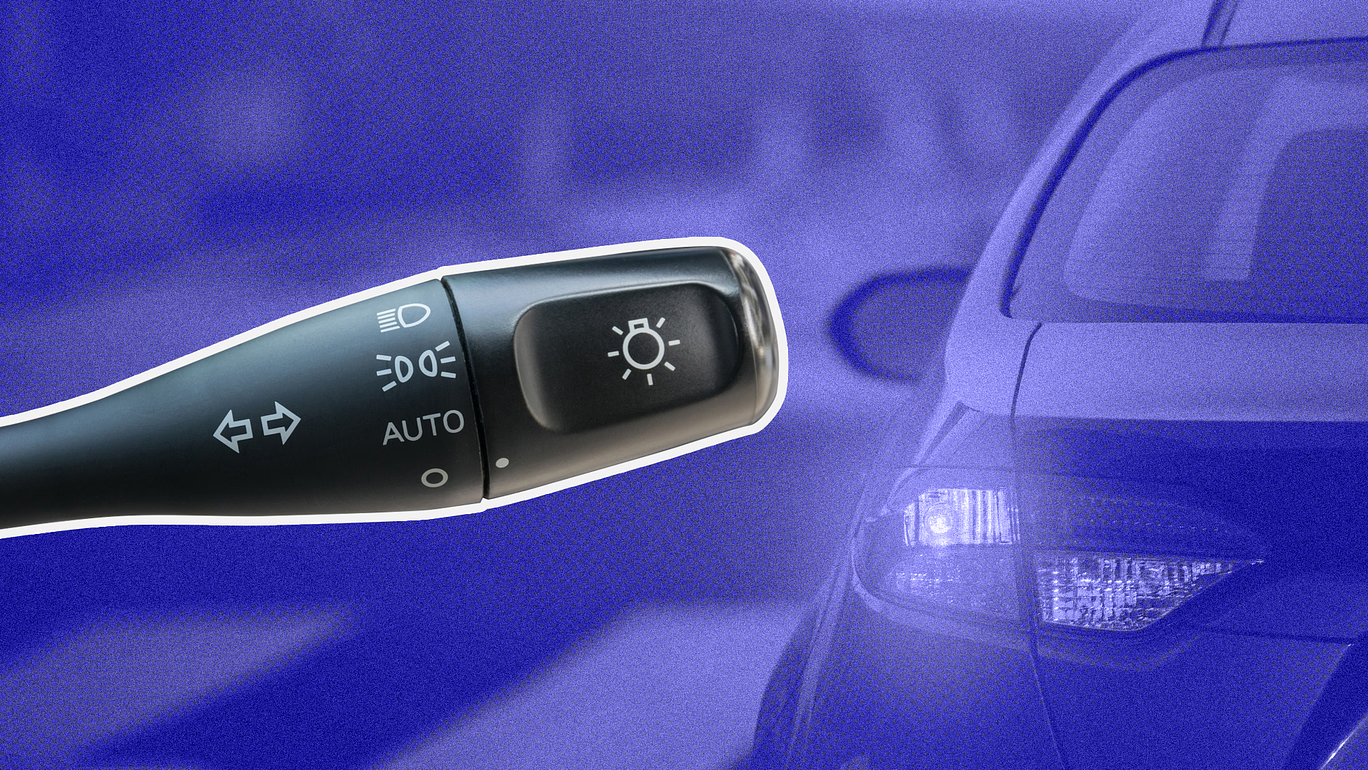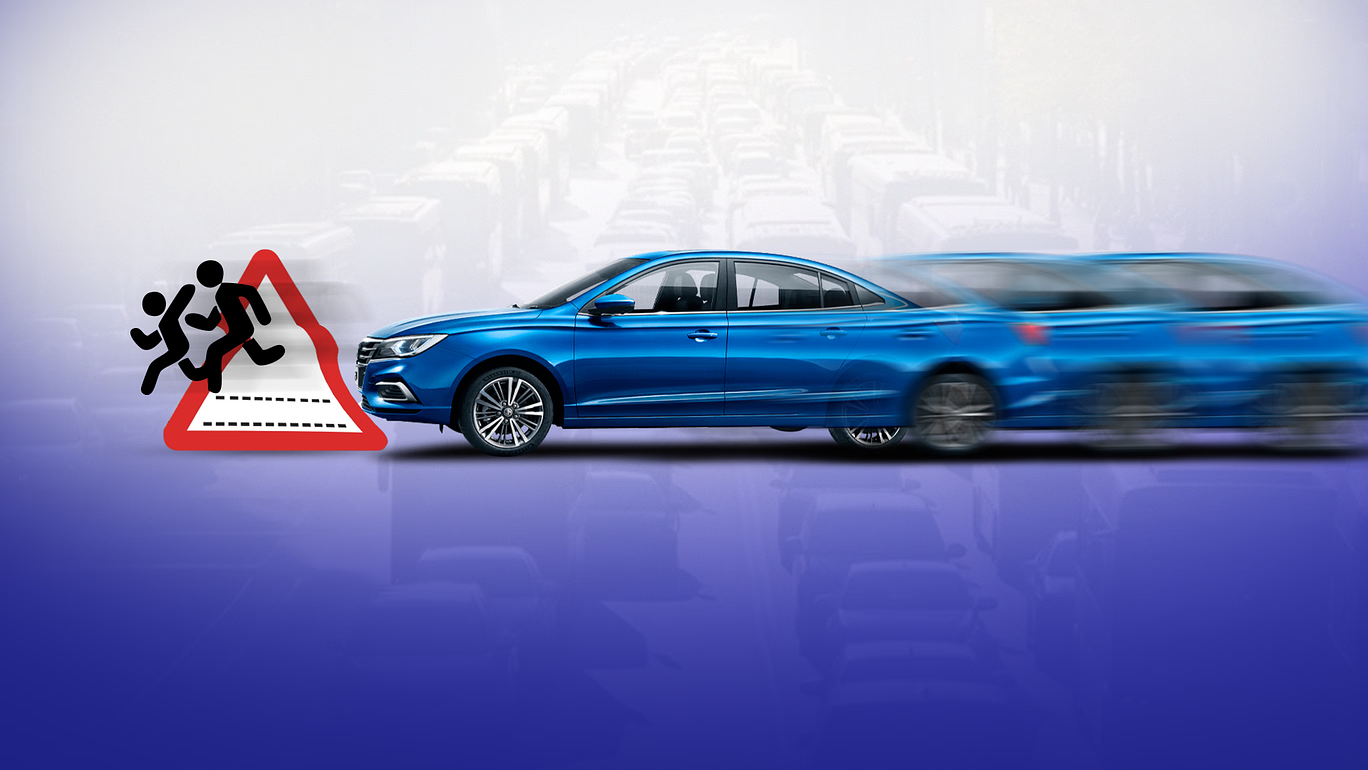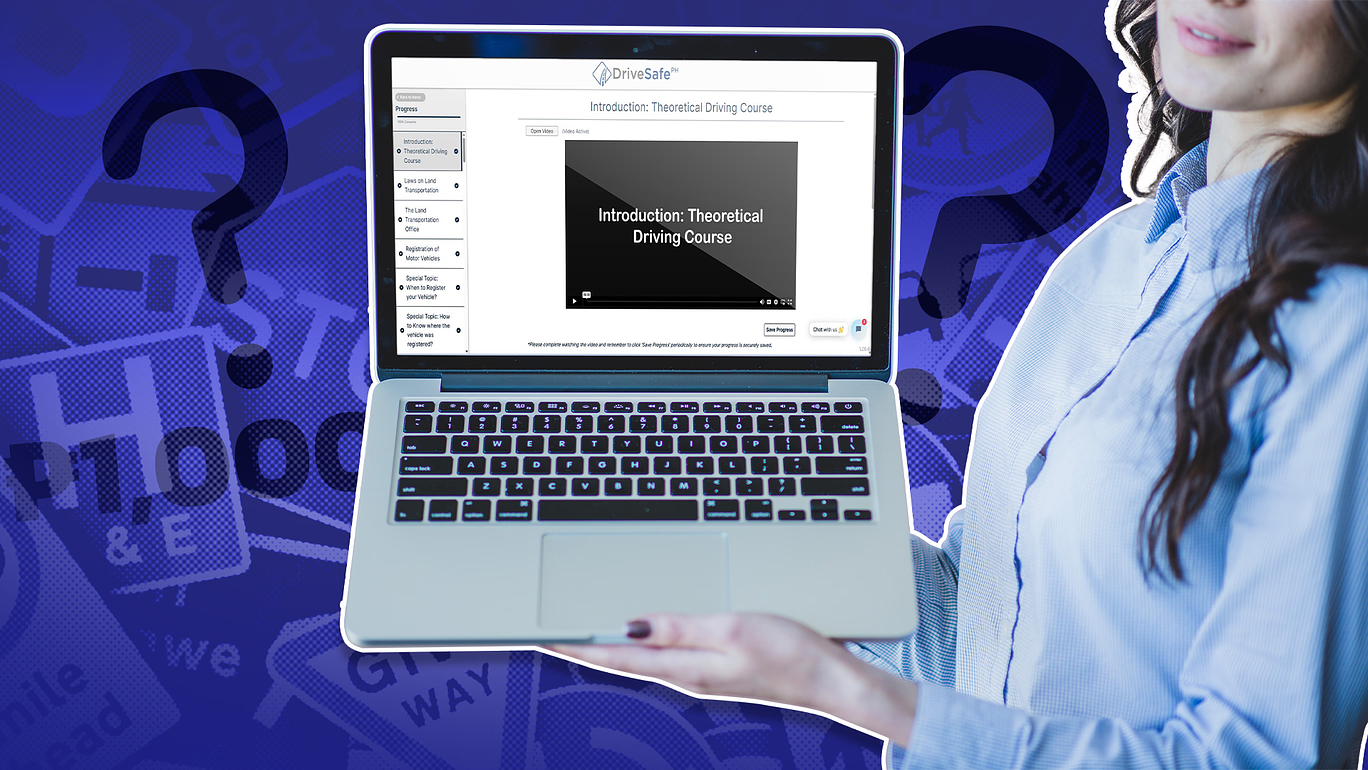You are driving in traffic, and the car in front of you suddenly slows down and turns without warning. No signal. No brake lights. Just a hard turn. You slam on the brakes and grip the wheel. If you had been even a second closer, that would have been a collision.
This happens every day. In Manila traffic, On provincial highways, even inside subdivisions. And most of the time, it could have been avoided with one simple habit: using signal lights properly.
Signal lights tell others what you plan to do. They give people time to adjust, slow down, or give way. Here are six situations when you should always use them.
1. When changing lanes
If you see faster traffic approaching from the left while driving, flick your signal on before making the move. Wait a few seconds before shifting lanes. This gives the cars behind you time to slow down or create space, and helps motorcyclists avoid slipping into your blind spot.
Too many drivers only signal while already changing lanes, which defeats the purpose. Make it a habit to signal early and switch lanes smoothly.
2. When turning at intersections or corners
Approaching a turn? Signal at least 30 meters before making it. That could be a sharp corner, an alley, or even a driveway. Letting others know you’re turning gives them time to slow down or stop.
If you only signal the moment you’re already turning the wheel, it puts everyone, especially those behind you, at risk of slamming on their brakes or swerving.
3. When entering or exiting a parking spot
Imagine you’re slowly pulling out of a parking slot, and a car behind you suddenly honks. You forgot to signal.
Parking or pulling over might feel obvious to you, but not to those around you. Always signal when you’re about to enter or exit a space. On narrow streets or crowded parking areas, it can prevent traffic buildup and confusion.
4. When merging or exiting on highways
If you’re entering a highway like SLEX or exiting toward a service road, signal ahead of time. Highway traffic moves fast, and drivers behind you need to know your next move.
Don’t wait until the last second. Use your signal before you begin slowing down or merging. It helps avoid close calls, especially when trucks and buses are nearby.
5. When making a turn inside a roundabout
Roundabouts are confusing enough in the Philippines. The least you can do is signal properly. When you’re about to exit, turn on your right signal so drivers waiting to enter know you’re leaving the circle.
Not signaling here causes hesitation and delays. It may seem like a small thing, but it makes a big difference in how smoothly traffic flows.
6. Even when no one seems to be around
You’re on a quiet provincial road at night. There’s no car in sight. Should you still signal? Absolutely.
Motorcycles can appear quickly, and pedestrians or cyclists might not be in your direct line of vision. Signaling in low-traffic situations helps you build the habit so that even when you’re in busy areas, you don’t forget it.
Using your signal is part of driving safely and responsibly
Most drivers focus on the big things, speed, direction, traffic signs, but forget that the smallest habits are what make a responsible driver. Signal lights are not optional. They’re required by law and expected in every movement on the road.
A working signal light won’t matter if the driver refuses to use it. And when enough people stop caring, that’s when accidents happen. So even if it seems basic or boring, don’t skip it. Be the kind of driver who actually follows the rules and helps keep the roads safer for everyone.
If you’re just starting your driving journey, learning this now will save you from a lot of trouble later.
Start strong, build good habits early, and make sure you’re learning from the right place.
Want to learn this and more?
When you enroll in our Online Theoretical Driving Course (OTDC), you won’t just memorize rules. You’ll understand how to apply them in real life.
- Learn the habits that make you a safe and responsible driver
- Take the course anywhere, anytime—it’s 100% online
- Get accredited training for student permit, non-pro, or pro license application
Start your journey today: https://main.drivesafe.ph/purchase-course/find-driving-school
For the latest updates on transport policies, road safety measures, and driving education, connect with DriveSafe PH:
✔ Follow us on Facebook for real-time updates: https://www.facebook.com/drivesafeacademy



